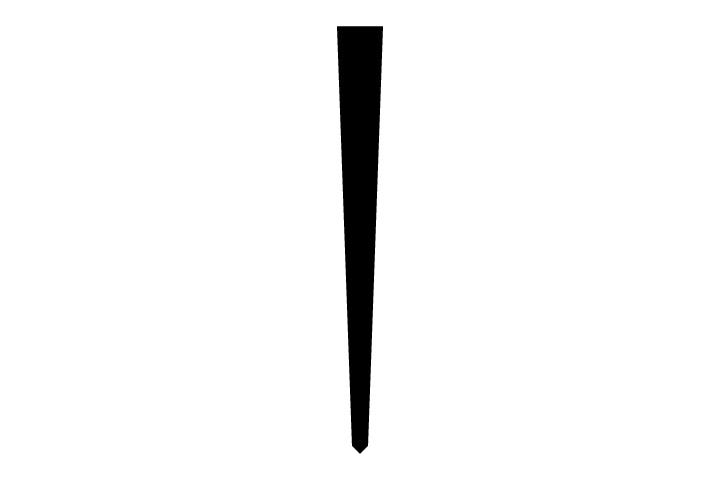BLADE EDGES & GRINDS
ABOUT KERSHAW EDGES
Kershaw pocketknives have two main types of edges: the plain (also called “fine” or “straight”) edge and the partially serrated edge. Let’s look at the advantages of each type and the best way to put each to use.
THE PLAIN EDGE
A plain edge is the edge style everyone is familiar with. The blade steel is ground and sharpened to a very fine point along one edge. The sharpened edge is a uniform width from the heel to the tip of the blade. Generally, the sharpened edge is visually lighter than the rest of the blade because the sharpening process also polishes the edge. All Kershaw knives are hand sharpened by our expert sharpeners.
The plain edge is the general-purpose cutting edge, the one most people need for daily tasks. From opening packages to breaking down cardboard to slicing up an apple for a snack, the plain-edged pocketknife is perfect for the job.
Advantages:
- Multipurpose cutting
- Excels at push cuts, slicing cuts, and precision work
- Easy to care for
- Easy to resharpen when needed

THE PARTIALLY SERRATED EDGE
The plain edge is so useful, that Kershaw doesn’t have any knives in our current lineup that don’t have at least a partial plain edge. However, there are times when a serrated edge is the right tool for the job. When cutting fibrous materials like rope or webbing (think seatbelts) or even when sawing through bits of wood or hide, the toothlike serrations can cut more quickly and efficiently. The partially serrated portion of the blade is sharpened on a single side, making the edge even sharper, while the serrations dig in to cut through the tough stuff.
Kershaw’s partially serrated blades combine the advantages of the plain edge with those of the serrated edge for the best of both worlds.
Advantages:
- Added cutting versatility with both edge styles
- Partial serration enables easy cutting of fibrous materials
- Serrations stay sharper longer
While serrations do tend to retain their sharpness longer, when it comes time to resharpen, serrations take more effort and require special tools.

ABOUT KERSHAW GRINDS
The grind of a knife is how the knife blank is thinned and narrowed by grinding so that the blade becomes thin enough along the edge to cut with it. Kershaw uses two main types of grinds on our knives: flat and hollow. For more info about the parts of a blade, see Knife Anatomy.
THE FLAT GRIND
A flat grind is pretty much what it sounds like: the blade is ground flat from the spine to the edge on both sides. In cross section, it would look like a triangle. Kershaw also puts an edge bevel on the blade, which forms the actual cutting edge.
The flat grind offers good cutting capabilities, strength, and depending on blade thickness, can also offer chopping abilities.
The slicer grind, designed by Rick Hinderer, is a type of flat grind used on some Kershaw knives made in collaboration with Rick. In this case, the blade grind tapers from spine to edge, but also from back of the blade to front. This enables to front of the blade to be an excellent slicer, while the thicker back part of the blade can be used for tougher push or draw cuts.

THE HOLLOW GRIND
For a hollow grind, the blade is ground so that it is slightly concave on both sides of the blade. This thins the blade and enables a very thin, sharp edge, making this style of knife an excellent slicer.
Hollow grinds are useful on any knife that needs to be able to slice, making them excellent for every day carry. They are also often found on hunting knives for that same purpose. As with the flat grind, Kershaw also puts an edge bevel on our hollow-ground knives.

Kershaw chooses blade edges and grinds based on the intended use of the knife, the knife’s design and materials, as well as manufacturing considerations.
